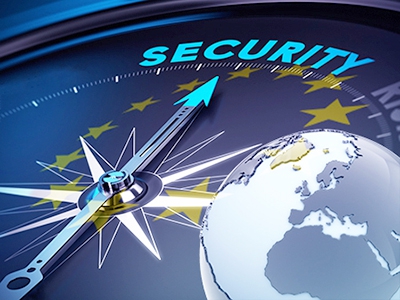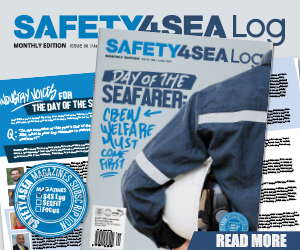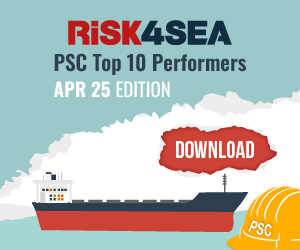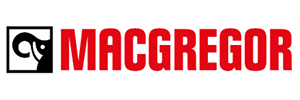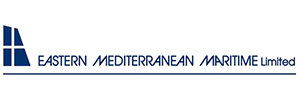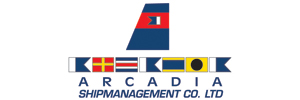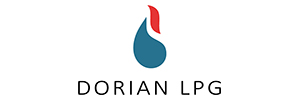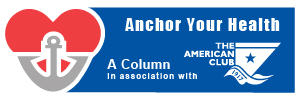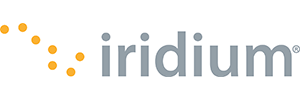Re-enforced cooperation between all maritime actors
The European Commission and the High Representative of the European Union for Foreign Affairs and Security Policy have adopted a Joint Communication to the European Parliament and the Council “For an open and secure global maritime domain: elements for a European Union maritime security strategy”.
This joint communication presents a vision of the Union’s maritime security interests and threats, and proposes the areas in which cooperation between various maritime players can be enhanced beyond what is already good practice today. It encompasses all maritime functions, from coastguards to navies, port authorities and customs duty officers and would affect the EU waters as well as each ship sailing under EU Member States’ – flag and have a global reach. This document will now serve as a basis for the work with Member States towards a full-fledged EU maritime security strategy.
Catherine Ashton, High Representative of the European Union for Foreign Affairs and Security Policy and Vice President of the Commission said:
“The security and well-being of Europeans greatly depend on open and safe seas. It is therefore necessary for the EU to deal with maritime threats and challenges. We need a joined-up approach, as demonstrated in the Horn of Africa where we have achieved significant results in fighting piracy. This Communication paves the way for a more systematic use of all the tools we have at our disposal and will allow us to speak with one voice to our international partners.“
Maria Damanaki, EU Commissioner for Maritime Affairs and Fisheries said:
“Ensuring the security of our seas and oceans is a prime objective of the EU. Our citizens expect effective responses to the protection of ports and off-shore installations, securing our sea-borne trade, addressing potential threats from criminal activities at sea or possible disputes of maritime boundaries. Today we are taking an important step forward. It is the first time that the EU is developing a holistic strategy of this kind, which will help foster blue growth and the creation of new jobs in the maritime sector.“
The purpose of the new strategy is to identify the maritime interests of the EU such as prevention of conflicts, protection of critical infrastructure, effective control of external borders, the protection of the global trade support chain and the prevention of illegal, unregulated and unreported fishing. It spells out the multitude of risks and threats the EU and its citizens may be confronted with: territorial maritime disputes, maritime piracy, terrorism against ships and ports or other critical infrastructure, organised sea-borne crime and trafficking up to potential impacts of natural disasters or extreme events.
Re-enforced cooperation between all maritime actors can efficiently address the risks and threats better than today. According to the communication, the strategy should focus on five specific areas where a coordinated approach in the EU based on already existing tools would have an added value:
|
Background
The European Union is surrounded by seas and oceans, which are drivers for the European economy with great potential. At the same time maritime security functions are performed by a wide range of actors in fields such as maritime transport, fisheries inspection, border control, law enforcement and other authorities. They cover a vast spectrum of challenges, threats and risks aiming to ensure good governance at sea – conditional for an open, safe and secure global maritime domain.
EUNAVFOR Operation ATALANTA together with other EU measures has helped containing piracy in the Western Indian Ocean. They show that EU external action can make a real difference, and it can provide useful lessons for further actions.
Existing efforts need to be streamlined in order to ensure synergies and cost efficiency in times of financial crisis. Even more so since the EU has strategic maritime interests around the globe and needs to be able to safeguard those interests adequately and efficiently.
| EU’s interest in maritime security: facts and figures |
|
Source:EU Commission
































